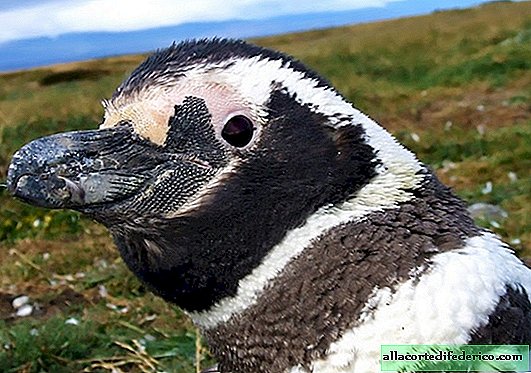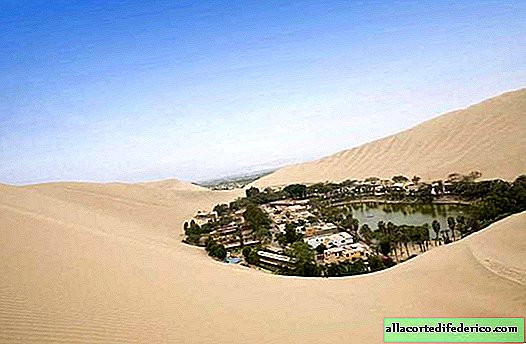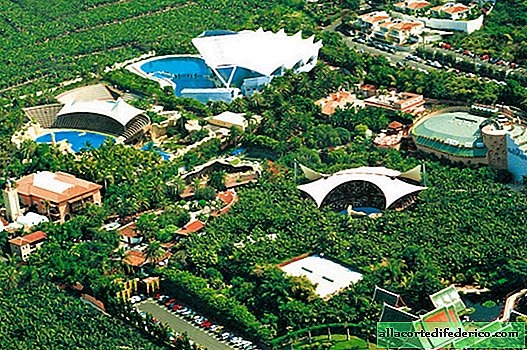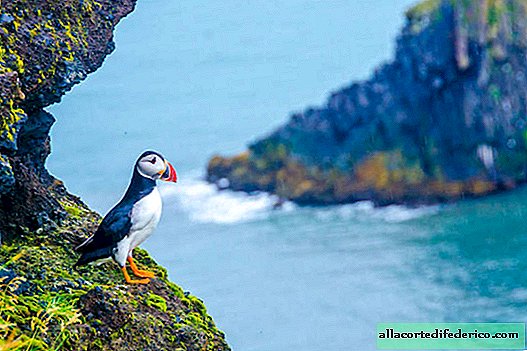Where did the panda have 6 toes and other interesting facts about the bamboo bear
The stylized image of the big panda is a symbol of the World Wildlife Fund (WWF), and in its homeland, in China, the panda is considered the personification of good and peace, because it does not eat living creatures. But a panda is something more interesting than just a big bear eating bamboo. Therefore, we offer to get to know this animal better.

Six toes on forepaws
The narrow specialization in nutrition has led to the development of an interesting anatomical feature. Since in the wild pandas feed mainly on bamboo shoots, for a more convenient retention of stems, they have undergone changes in the structure of the skeleton of the forelimbs.

The sesamoid bone of the wrist evolved over time and turned into the so-called sixth finger, with the help of which it is easier for the panda to hold bamboo stems.

Only the first survives
The big panda brings offspring, consisting of 1-2 cubs, and this usually happens in the summer. But only one of the born cubs has a chance of survival. The fact is that the female only cares about the first cub, throwing the second. A similar feature, according to scientists, may be associated with the tactics of survival of pandas. In conditions of a limited number of bamboo, pandas breed quite slowly, without creating fierce intraspecific competition for food resources. The only teddy bear, having matured, lives with his mother for quite a long time - up to 2.5 - 3 years.

Not only black and white
It turns out that there are not only pandas with a traditional coat color, and we are not talking about random mutations or albino pandas. Inside the species, the large panda is distinguished by two subspecies that have disconnected areas. These are ailuropoda melanoleuca - a well-known black and white panda from Sichuan province, and ailuropoda melanoleuca qinlingensis - a panda with light brown areas instead of black that lives in the Qinling Mountains (Shaanxi Province).

She does not look so impressive, but still very beautiful. It is noteworthy that the brown subspecies is smaller in comparison with its famous counterpart.

A long tail
The big panda belongs to the bear family. Unlike its relatives, the panda has a rather noticeable tail, whose length is 12 centimeters.

Eat not only bamboo
In fact, pandas feed not only on bamboo. Yes, in the wild, their main food is juicy bamboo stems. But, as scientists note, big pandas can, on occasion, eat a small fish, eggs or mouse, and insects often get to them for lunch.

And in zoos, pandas eat fruits and even sweet buns. Everything sweet is their favorite treat. According to the testimony of Buddhist monks living in the wild panda habitat in Sichuan, pandas often come to visit them to beg for something tasty.

Pandas as a source of income for China
China spends colossal sums on captivity, wildlife conservation and research to restore the big panda population. But China not only spends, it also makes money on bamboo bears. It turns out that all the pandas that are kept in zoos in the world are leased from China.

A similar practice has existed since 1984. One year of renting a panda costs $ 1 million, and all the cubs that will be born in captivity are the property of China.
The death penalty for murder
In China, where pandas are very kindly treated, severe punishment is provided for those who dare to take the life of a large panda. The death penalty awaits them. Such severity is associated with a small number of these animals and a special attitude towards them from the Chinese. It has been forbidden to hunt pandas since 1962. According to the latest data, about 2,000 pandas live in the wild.


















